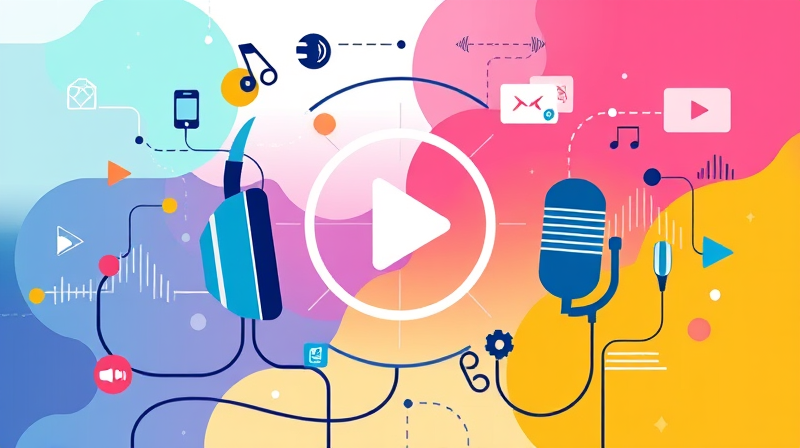In today’s fast-paced world, making informed decisions is more important than ever. Understanding and critically evaluating news pieces has become a vital skill for anyone seeking to stay informed and avoid the pitfalls of misinformation. With the vast array of news sources available to us, it is crucial to develop a systematic approach in order to separate fact from opinion and bias from balanced reporting.
Every day, we are exposed to a mix of information that can shape our opinions and sometimes, mislead us. To help you navigate this complex landscape, this article will detail key steps that empower you to critically assess news content and make decisions based on accurate, well-researched facts.
Assessing the Credibility of Sources
One of the most important steps is to look at the source of the information itself. Ask yourself: Who is sharing this news and what are their qualifications? Trustworthy articles usually come from reputable publishers with strong editorial standards.
Author credentials and transparent practices matter tremendously. Reliable news outlets are upfront about their funding, policies, and the methodology behind their reporting. By familiarizing yourself with how a source operates, you can better gauge if the information provided adheres to professional, ethical standards.
- Review the author and publisher: Assess if they have a history of accurate reporting.
- Check for transparency: Understand their funding sources and affiliations.
- Look at professional standards: Note if the information has been fact-checked or edited.
This process eliminates much of the guesswork, giving you a clearer view of a news piece’s reliability.
Identifying Biases and Motivations
Next, it is crucial to keep an eye out for bias. Recognizing the motivations behind a story helps you understand potential slants in the presentation. Many articles are written with particular audiences in mind, and sometimes, their specific agendas might influence the tone and focus of the content.
For example, media outlets owned or sponsored by political entities may emphasize selective viewpoints. Biases can also be revealed by the language used; emotionally charged phrases and overly simplistic categorization of complex issues often indicate underlying agendas.
- Check ownership and funding: Investigate if financial backers might influence the content.
- Analyze language and framing: Assess if the language is designed to persuade rather than inform.
By staying alert to these cues, you cultivate a deeper understanding of the real message behind the headlines.
Deep Evaluation of Evidence
Beyond source credibility and bias, the next step involves looking closely at the evidence presented in any news piece. Fact-checking is indispensable in verifying that claims are supported by robust data or expert testimonies.
Review any statistics or graphs that appear, and ask whether the data is current and sourced from reliable studies or institutions. Fact-checking websites such as PolitiFact and FactCheck.org can serve as excellent tools in this process, helping you cross-reference claims with established facts.
- Scrutinize data and evidence: Verify the accuracy and sources behind statistical claims.
- Corroborate with other reports: Look up the same event or study in different reputable outlets.
This careful evaluation ensures that you build your understanding on a solid foundation of true and transparent information.
Analyzing Structure and Logic
A well-structured news piece typically presents its information in a logical, coherent manner. Examine the organization and flow of the article to spot any inconsistencies or gaps.
Articles that lack clear order or that contain contradictory points may not be as reliable as those with well-thought-out arguments. Take a moment to outline the logical framework of the piece: does each paragraph support the overall thesis? Are the conclusions reasonable given the evidence provided?
- Consistency in arguments: Check that the article progresses in a logical manner.
- Organization and clarity: Identify whether the piece is coherent and free of redundancies.
This method of analysis not only bolsters your comprehension but also enhances your ability to detect misleading or manipulated content.
Developing a Skeptical Yet Open Mindset
Healthy skepticism is a valuable asset when absorbing news. While it is important to question the information presented to you, it is equally crucial to avoid falling into the trap of cynicism. Instead, embrace a balanced approach that allows you to verify facts without dismissing reliable journalism outright.
Implement strategies such as the SIFT framework, where you Stop, Investigate, Find better coverage, and Trace claims. This approach encourages a reflective mindset, urging you to consider all facets of the narrative before arriving at any conclusion.
- Question actively: Always ask where the information originates and which facts back it up.
- Diverse perspectives: Engage with multiple viewpoints to create a rounded picture of the issue.
By balancing skepticism with an open mind, you empower yourself to participate in informed discussions and make sound decisions rooted in truth.
The journey towards media literacy is ongoing. Every news piece you encounter provides you with a chance to refine your analytical skills. In a media-rich landscape, becoming proficient in these critical evaluation strategies not only aids in your personal comprehension but also contributes to a more informed and thoughtful society.
Embracing the steps outlined above will help you tackle complex news with confidence and clarity. As you continue to develop your critical thinking abilities, remember that diligence and continuous learning are key. A well-informed mind is your best defense against misinformation and an invaluable tool for meaningful engagement with our world.
Step by step, every critical evaluation brings you closer to clarity in a noisy information age. Harness your ability to question, verify, and learn, and inspire others to do the same. Let your journey towards media literacy be not just an individual effort, but a catalyst for positive change in your community.








